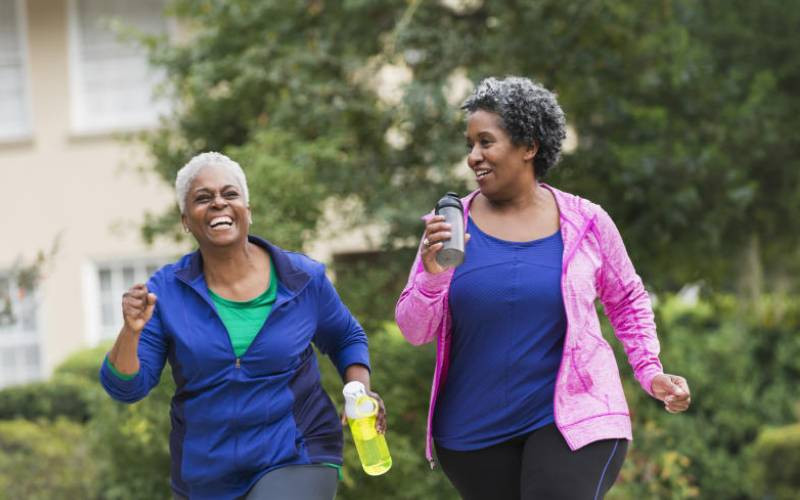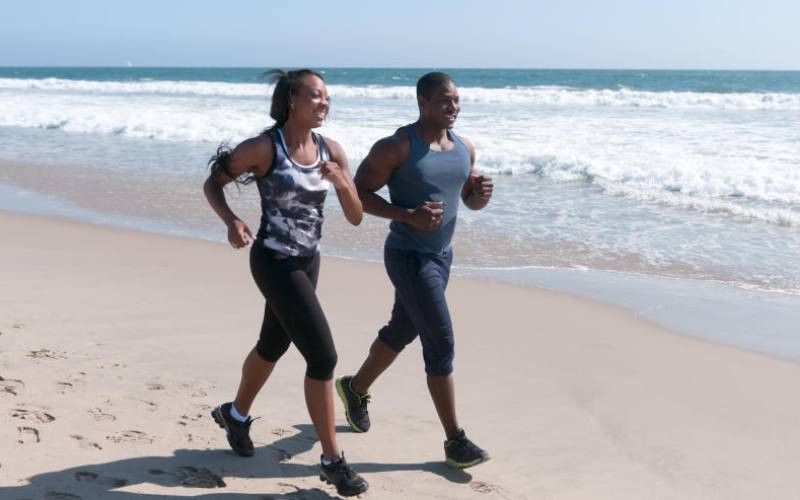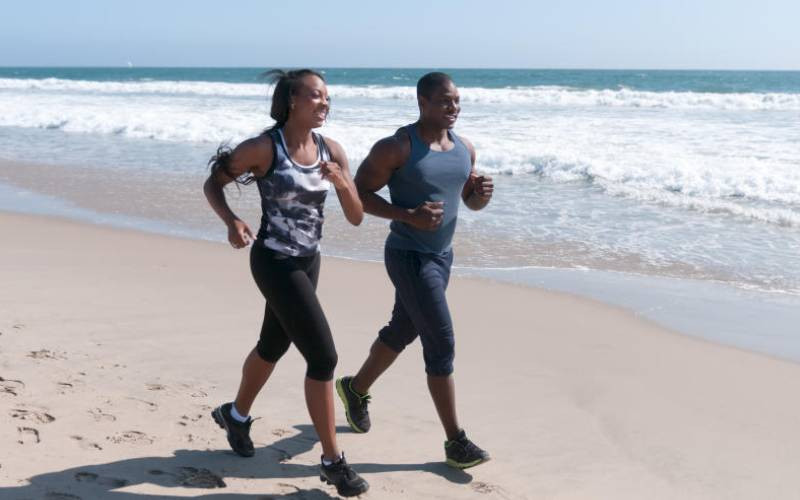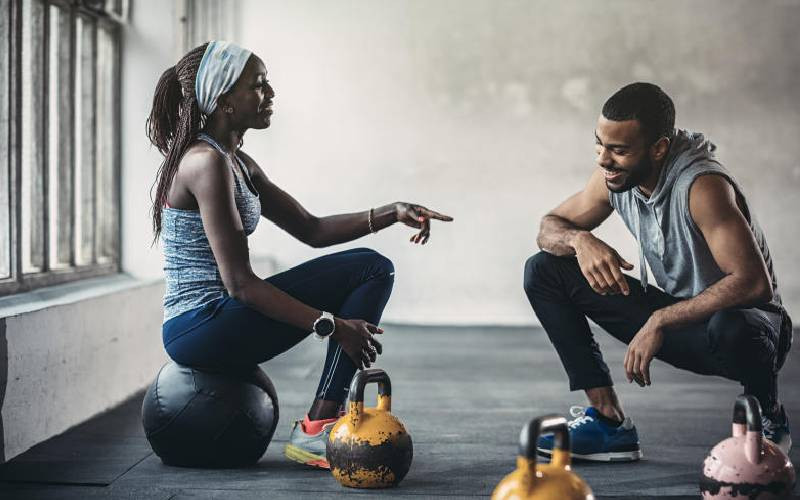
Knee or ankle supports can be very useful when you have a recent injury. They can provide the stability you may be lacking and prevent further injury.
However, these supports are often overused or used incorrectly, which can lead to myriad problems of their own.
Addressing joint instability
If you have long-term joint instability or pain, this is actually the sign of a greater mechanical problem that needs addressing. Pain and instability are usually caused by:
Injury Muscular imbalance Joint misalignment A combination of the threeWhen it comes to knees and ankles, you need consistent and long-term stability, balance and strengthening exercises to help address the problem and alleviate pain.
You would need to see a professional to advise you on the exercises you need to do to support your joint as part of a long-term training programme.
There are no quick fixes. It is only with time and consistency that you can if not fix, then at least manage the problem. However, the aim should be to gradually decrease use of the brace and allow your body to amplify its own strength, balance and stability.

Types of Supports
1.Braces:
These are usually a combination of metal, foam and plastic with straps or even laces. They will have a cut-out for your knee and provide the most support.
They are usually used just after an injury to provide extra support for rehabilitation purposes.
2.Sleeves:
This is the most common type of knee support worn and is made of neoprene and simply slides over the joint. These provide mild support and serve to warm the joint, useful for people with joint inflammation.
The trouble with supports comes with overuse. They are fine when used for recent injury recovery or for a specific, one-off occasion. The problem comes with long-term daily use during common activities.
The less you make your joint work on its own, the weaker it gets, the more reliant you become. This actually increases joint instability over time, exacerbating the problem.
 The Standard Group Plc is a multi-media organization with investments in media
platforms spanning newspaper print
operations, television, radio broadcasting, digital and online services. The
Standard Group is recognized as a
leading multi-media house in Kenya with a key influence in matters of national
and international interest.
The Standard Group Plc is a multi-media organization with investments in media
platforms spanning newspaper print
operations, television, radio broadcasting, digital and online services. The
Standard Group is recognized as a
leading multi-media house in Kenya with a key influence in matters of national
and international interest.






